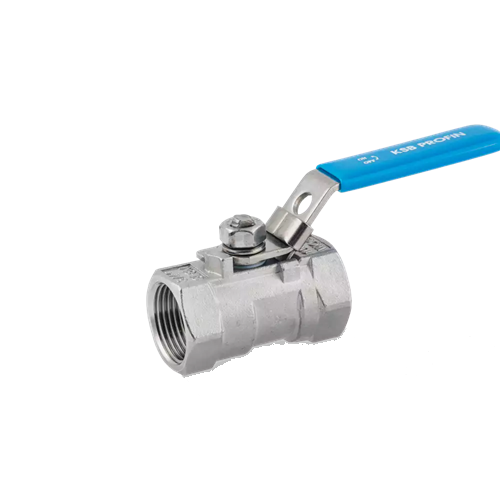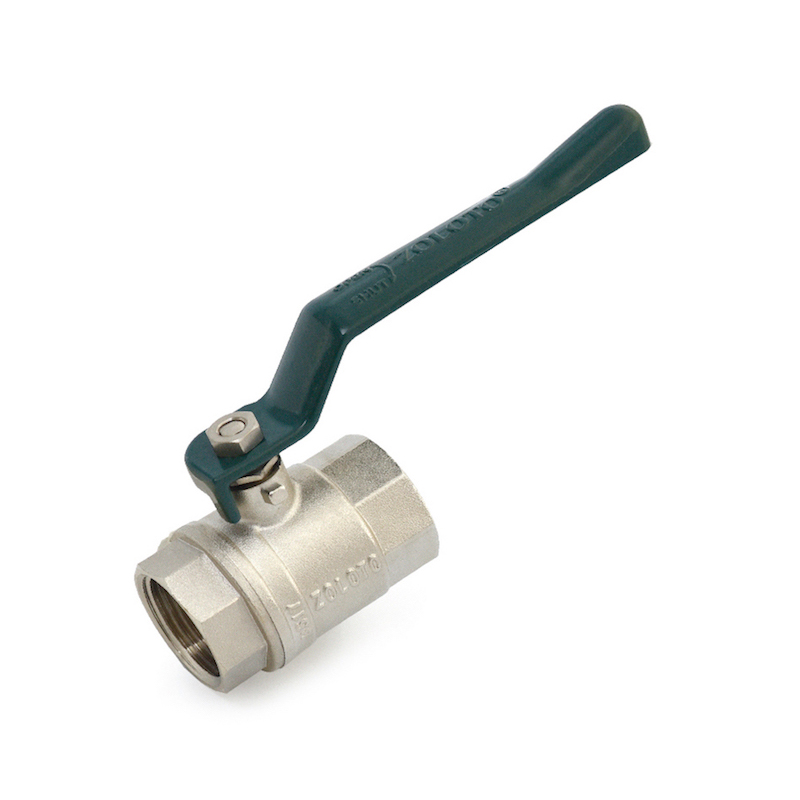KSB ball valve
KSB ball valve Trade Information
- Minimum Order Quantity
- 1 Piece
- Payment Terms
- Cash on Delivery (COD), Cash Advance (CA), Cash in Advance (CID)
- Supply Ability
- 1000 Pieces Per Month
- Delivery Time
- 1 Week
- Sample Available
- Yes
- Sample Policy
- Sample costs shipping and taxes has to be paid by the buyer
- Packaging Details
- Standard Packaging
- Main Export Market(s)
- North America, Western Europe, Central America, Middle East, Africa, South America, Eastern Europe, Asia, Australia
- Main Domestic Market
- All India
About KSB ball valve
-
Quick Quarter-Turn Operation: Provides fast, efficient shut-off and on/off control.
-
Excellent Sealing Capability: Offers tight, leak-proof closure, making them ideal for gas and fluid applications where positive shut-off is critical.
-
Durability and Longevity: Constructed from robust materials like stainless steel, carbon steel, brass, bronze, or PVC, ensuring long service life in demanding environments.
-
Versatile Applications: Suitable for a wide range of industries, including oil and gas, chemical processing, water treatment, HVAC, and more.
-
Compact Design: Their relatively small footprint allows for installation in confined spaces.
-
Low Maintenance: Generally require minimal maintenance due to their simple and robust design.
-
Bi-directional Flow: Many designs allow flow in both directions, simplifying installation and reducing the need for multiple valve types.
Common Types and Configurations:
-
Body Styles:
-
One-Piece: Economical, often considered "throwaway" valves due to difficulty in repair.
-
Two-Piece: Body sections bolted or threaded together, allowing for easier maintenance and seat replacement.
-
Three-Piece: Allows for the central body section containing the ball and seats to be removed from the pipeline without disturbing the end connections, facilitating in-line service and repair.
-
-
Ball Designs:
-
Floating Ball: The most common type, where the ball is held in place by the compression of the seats, allowing it to "float" slightly and provide a tight seal.
-
Trunnion Mounted Ball: Ideal for larger sizes and higher pressures, the ball is mechanically anchored at the top and bottom, reducing operating torque and seat wear.
-
-
Port Design:
-
Full Port (Full Bore): The bore (hole) through the ball is the same size as the pipeline, minimizing pressure drop and allowing for pigging.
-
Reduced Port (Reduced Bore): The bore is smaller than the pipeline, resulting in a slight pressure drop but offering a more compact and economical design.
-
V-Port: Features a V-shaped opening in the ball or seat, allowing for more precise flow control (throttling).
-
-
End Connections:
-
Threaded (NPT, BSPT, BSPP): Common for smaller sizes.
-
Flanged (ASME B16.5): Used for larger sizes and higher pressures, providing a secure, bolted connection.
-
Socket Weld (SW): Permanent welded connection for high-pressure and high-temperature applications.
-
Butt Weld (BW): Permanent welded connection offering maximum strength and minimal leakage points.
-
-
Operation:
-
Manual (Lever/Handle): Simple, cost-effective, and commonly used for general on/off applications.
-
Actuated (Pneumatic, Electric, Hydraulic): For automated control, remote operation, and high-cycle applications.
-
Available Options (depending on model):
-
Fire-Safe Design: Features secondary metal seats to maintain a seal in case of soft seat burnout during a fire.
-
Anti-Static Device: Ensures electrical continuity between the ball, stem, and body, preventing static charge build-up, especially important for flammable media.
-
Blow-Out Proof Stem: Designed with a shoulder to prevent the stem from being ejected under pressure.
-
Cavity Pressure Relief: Mechanisms to prevent pressure build-up in the body cavity, which can damage the valve.
-
Extended Stem: For applications with high or low temperatures, or where the valve is in an insulated pipeline, to move the actuator away from the body.
-
Seat Materials: PTFE, RPTFE, PEEK, Nylon, Devlon, Metal Seats (for high temperature/abrasive services).
-
Body Materials: WCB, CF8M (SS316), A105, A182 F304/F316, Hastelloy, Monel, etc

Price 1000.0 INR/ Piece
- Minimum Order Quantity
- 1 Piece
- Supply Ability
- 1000 Pieces Per Month
- Delivery Time
- 1 Week
- Main Domestic Market
- All India
- Main Export Market(s)
- North America, Western Europe, Central America, Middle East, Africa, South America, Eastern Europe, Asia, Australia

Price:
- 50
- 100
- 200
- 250
- 500
- 1000+
More Products in Ball Valve Category
GST : 24CRRPG0850N1ZG



 Send Inquiry
Send Inquiry Send SMS
Send SMS
